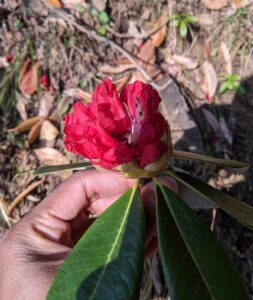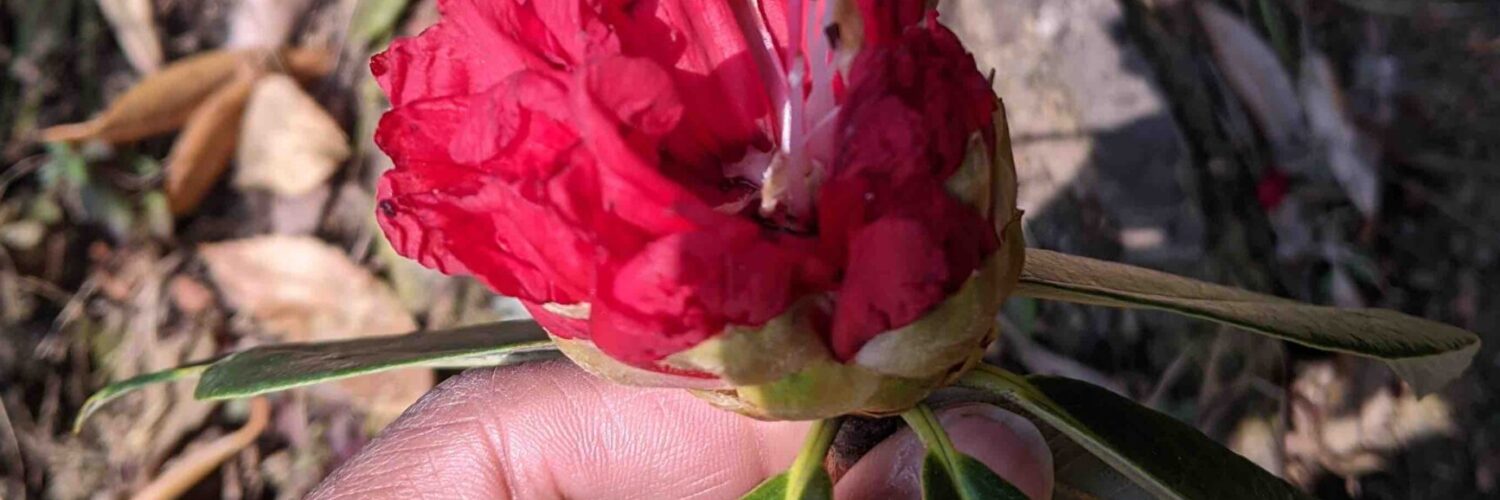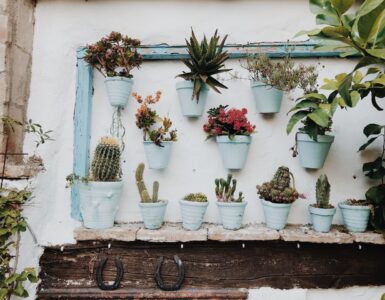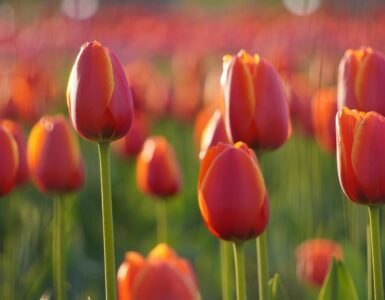Last year in February, while visiting Mussoorie, a hill station located in the Indian state of Uttarakhand, I was advised to stay at Landour, a picturesque hill station located near Mussoorie. Landour has a rich colonial history, as it played host to British officers in the early 19th century. The name is also derived from Llanddowror, a small town in the United Kingdom.
Located at an altitude of around 7,000 feet (2,100 meters), Landour offers breathtaking views of the surrounding Himalayan mountains and valleys. The small town is known for its serene atmosphere, colonial architecture, lush forests, and vibrant culture.
As I was taking a leisurely walk along the winding path lined with pine and deodar trees, I spotted some spectacular red flowers dotting some of the trees. Seeing the bright-red, bell-shaped red flower on a lush green tree aroused curiosity. The presence of small birds perched on its branches indicated its role in biodiversity.
As there were mostly tourists who were meandering along the path, I chose not to check with them and instead enquire from a local.
Shortly after, I spotted a local shop, ‘A Prakash & Co,’ selling homemade fruit jams and peanut butter. Anyway, I wanted to buy some peanut butter to take back home, so I went inside the shop. At the bill counter, I asked the gentleman about the red flower I had spotted earlier.
The man informed me that those flowers are locally called Buransh flower, and the tree is scientifically known as Rhododendron. Interestingly, he also informed us that Buransh has medicinal properties and many health benefits, including heart and liver, and it also alleviates mountain sickness and seasonal ailments.
That is the reason Buransh flower is sold in the form of fruit jam, chutney (Indian sauce), and squash to make it easy to consume. Unfortunately, no Buransh Jam and Squash were available in that shop.
Disappointed with being unable to get hold of these delectable food recipes, I kept looking at other shops. None of the shops nearby or in Mussoorie had them; however, my quest for Jam took me to a spot in the city market area, Mall Road, which had a big noticeboard neatly explaining Buransh.
“Burans (Botanical name Rhododendron arboreum) is an evergreen shrub or a small tree with a showy display of bright red flowers. It is the state tree of Uttarakhand.
The generic name Rhododendron is derived from two Greek words, ‘Rhodo which means ‘rose’ and dendron which means ‘tree’. It is also called as ‘Burans, ‘Buras’ or ‘Barah-ke-phool’ in the local dialect in Uttarakhand. The months from January to March mark the blooming season of Burans in Uttarakhand.
Burans is distributed all across the Himalayas in North India. The Burans tree has many medicinal uses, and its red flowers have a sweet & sour taste and are used in the preparation of squash, jams, jellies and local brewed wine.”
The information about these beautiful flowers and the need to catch hold of Buransh’s food assortments made me more eager to explore this flower.


I looked up on Amazon for Buransh squash and thankfully got hold of the product, which I quickly ordered.
Next, I researched the flower on the internet, which told me that Rhododendrons are a genus of flowering plants belonging to the family Ericaceae, including azaleas, blueberries, and cranberries. Rhododendrons are native to many regions worldwide, including parts of Asia, North America, and Europe, with the highest diversity in the Himalayas, which explains their presence in Uttarakhand.
These plants typically prefer acidic soils and thrive in cool, moist climates with partial shade. Apart from the red Buransh flower found in Uttarakhand, they also come in other colors, including shades of pink, purple, white, and yellow.
During my stay, I asked about half a dozen local people about the flower.
Apart from the food varieties, Rhododendrons hold a special significance in Uttarakhand, as the flowers are often used in local festivals, religious ceremonies, and traditional medicinal practices. Buransh flowers are sometimes offered to deities in temples, and their petals are used to make garlands or decorations during festive occasions.
Some locals also suggested I go on trekking trails and nature reserves in Uttarakhand that offer opportunities to witness the stunning displays of rhododendrons in their natural habitat. The sight of rhododendron blossoms against the backdrop of snow-capped peaks is mesmerizing and draws tourists and nature enthusiasts from far and wide.
While I have yet to return to Mussorie or trekking trails to watch Rhododendrons, I have enjoyed sipping my Buransh squash in the comfort of my sofa. The flower drink has a unique and refreshing taste.
So, for someone who did not have any clue about these amazing flowers, one year later when, Google Photos reminded me of my tryst with Buransh last year. If you can visit Uttrakhand from March to May, don’t forget to keep an eye on the Rhododendron tree and its gorgeous red flowers.
The article is contributed by Varun, founder of Change Started.






Add comment